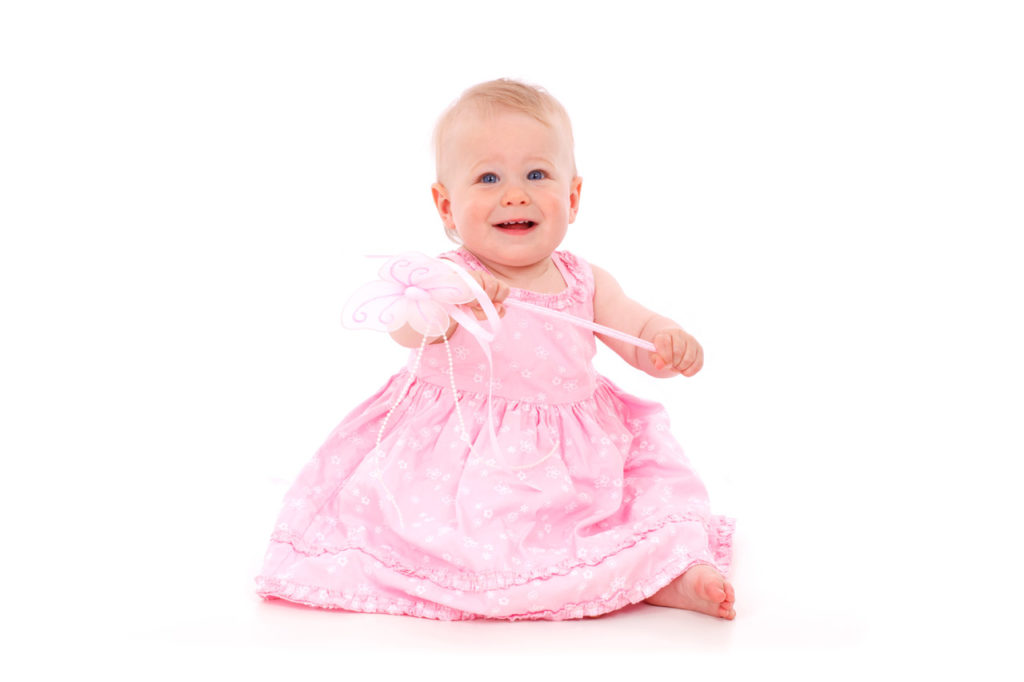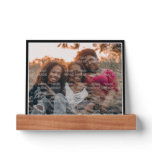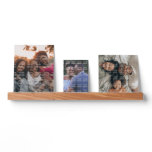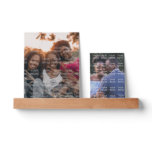
Pictures of children are some of the most rewarding portraits to take, but they can also be the most challenging and most frustrating. Babies tend to sleep, be fussy, and cry a lot. Older child may simply refuse to cooperate and won’t pose in front of the camera. But don’t let that put you off. Capturing the best moments of childhood never fails to evoke feelings in anyone. With a little patience and a few strategies planned out ahead, your child photography session is sure to be a success.
Babies
Shooting a portrait of a newborn baby can be difficult. At this age the baby will not be active, so its better to focus on close-up head shots. Natural light from a window is a great way to add mood to the portrait. By a few months of age, babies are more alert and will have a lot more movement in them. At this age, shooting fast is a necessity as the infant will tire quickly. By six months, a baby may be shy and not react well to being around complete strangers. This is where child psychology comes in — try to play with the baby or even act like a child yourself during the photo session. And don’t be afraid to get down on their level! Babies seven months or older can be very tricky to shoot. The child will bore quickly and not want to stay in the same position. You will want to have plenty of toys on hand to amuse the infant. Even a set of car keys will work in a pinch.
Toddlers & Older Children
When it comes to photographing older children, expect double the excitement and double the stress of baby photography. Children under 5 tend to not be very aware of the camera. In fact, they may not have any interest at all in the photo shoot. So make sure that you have something on hand that will get their attention. You should also be ready for occasional tantrums and crying. When this happens, let the child calm down and then try distracting them from all the drama with a special item like a favorite toy.
Additional Child Photography Strategies
1. Prepare for the best and the worst.
Before the actual day of the shoot, meet with the family to get an idea of what kind of children you are going to deal with. Take the time to talk to them personally and memorize their names to create familiarity. You will also want to visit the shoot location so you can picture the ideal background and set up mentally. Before leaving for the actual photo shoot, double check that you have all the equipment you will need.
2. Practice the power of smile.
Being friendly or possessing a friendly aura will draw children nearer to you. Smiling will also make them more comfortable dealing with you throughout the shoot.
3. Impress them with your gear.
Get children’s attention by showing them stuff they may not have seen yet. Since they are generally inquisitive, you can get their attention by letting them touch and “play” with some of your simple photography equipment.
4. Set the background.
Although a photo studio would give you all the comforts you need in doing your job, this doesn’t ensure a good result for children photography. Consider a location where children can roam around and express themselves freely.
5. Go back to basics with the natural approach.
Do not force a setting or set up where the child is not comfortable. It is best to photograph children in their best elements like riding their own bike or doing some arts and crafts. These natural settings would have more sentiment in the coming years compared to photos taken in a stiff and formal environment.
6. Plan wardrobe ahead of time.
Make sure the child has tried on his or her outfit before the day of the shoot. This would ensure it still fits and provides for the comfort of the child during the shoot.
7. Bring your best and the most appropriate photography equipment.
Make sure that you bring the best equipment to produce best results. Basics include camera, variety of lenses, studio lights, flashgun, spare batteries, and media.
8. It’s all in the light.
Aside from having a good setting, make sure that you set up a good lighting because it will greatly affect the overall outcome of the photo.
9. Be an “image capturer”.
Always be on guard to capture the best moments throughout the shoot. Always have your finger on the shutter button while your eyes are near the camera.
10. Focus on the “windows of the soul”.
Needless to say, photographs where the eyes of subject are tuned into camera produce the best images.
Custom Gifts Using Your Images

Custom Family Portrait Picture Ledge
$47.95

Custom Family Portrait Picture Ledge
$37.95

Custom Family Portrait Picture Ledge
$57.95

Custom Family Portrait Picture Ledge
$47.95

Custom Family Portrait Picture Ledge
$37.95

Family Portrait Photograph Gift Template Coaster
$34.60

Keepsake Family Portraits Custom Greeting Card
$9.30

3 Family Portraits Custom Greeting Card
$3.97

Annual Family Photos Custom Greeting Card
$3.97

Annual Family Photos Custom Greeting Card
$3.97

Gift Template: Wedding Day Photo Acrylic Panel Acrylic Print
$94.95

Personalized Memorial Photo Template Bronze Sign
$34.78

Personalized Memorial Photo Template Silver Sign
$42.17

Personalized Memorial Photo Template Bronze Sign
$42.17

Personalized Memorial Photo Template Gold Sign
$42.17